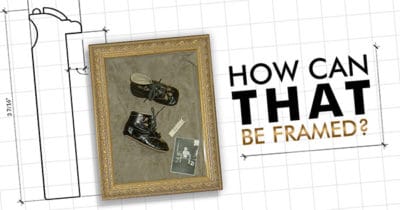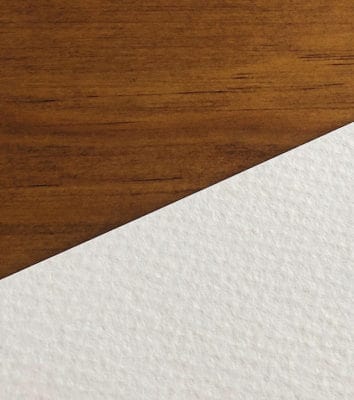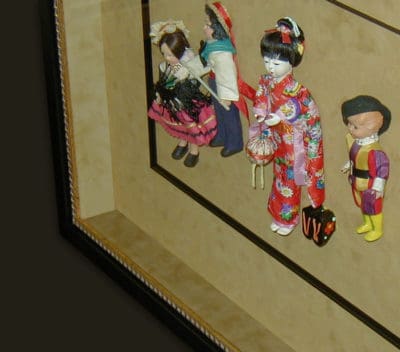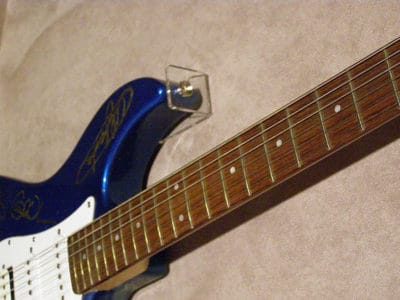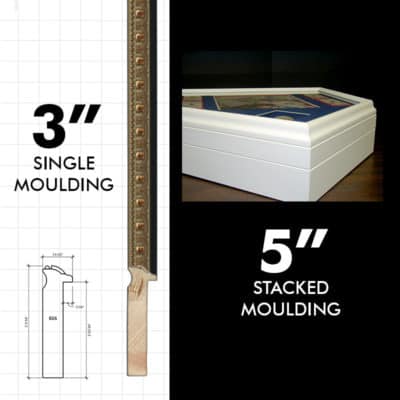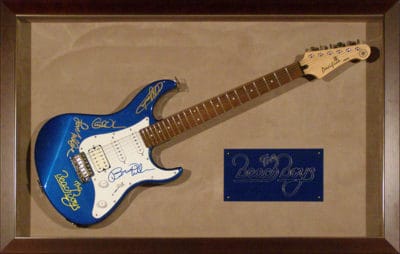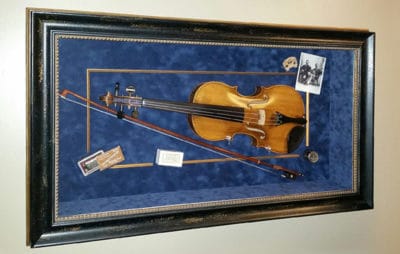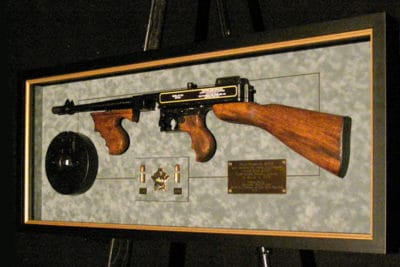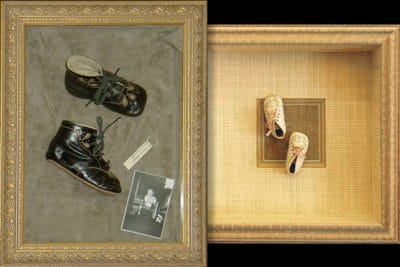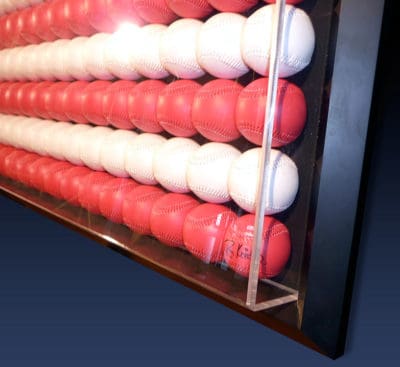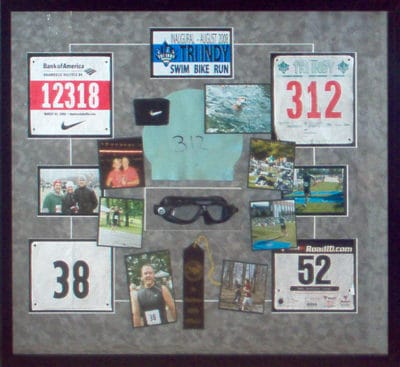How Can That Be Framed?
If you have it, we can frame it!
Have you seen large 3D objects framed and wondered, ‘How in the world can that be framed?’ Bulky or large items like musical instruments, sports equipment, baby shoes, or wedding dresses don’t fit into the familiar 2D art framing plan. Here’s the beauty of custom framing – ANYTHING can be framed.
Dimensional objects are typically framed in what is called a shadowbox, which is a case with a protective transparent front used for displaying objects. Simple enough, but how is the framing process actually done? Let’s break down a few things that make framing shadowboxes unique.
With creative thinking, there is ALWAYS a solution.
We start with the substrate, an underlying layer that provides strength and a surface to securely mount the items that are being framed. Consider it the backbone of the shadowbox to which the frame will be attached. Substrates can be many different products including foam core, Masonite, or plywood.
Substrates typically aren’t very attractive, which is why a background mat or fabric covers it. These come in a variety of colors and textures to match the items being framed. Matting or fabric can also line the sides of the box for a seamless look – you wouldn’t want to stare at the bare inside of a frame moulding, so we continue the background on all four inner sides.
Items are mounted securely to the substrate or mat. This process could involve various techniques including sewing, tapes, screws, Mylar strips, acrylic fasteners, or a variety of custom-built mounts to name a few. The size, bulk and dimension of the object will determine the mounting method. Conservation materials and methods are used so your items will stay in their original condition.
Let’s take a closer look at four shadowbox projects.
Anything can be framed!
Shadowboxes make great Christmas gifts – bring your special items in today.
Let us show you what we can do!
Have You Tried Acrylic?
Acrylic glazing is available with the same UV protection as glass to prevent fading. Most shadowboxes are larger and heavier than typical art being framed, so you may consider using acrylic glazing rather than glass for these 2 reasons:
- Acrylic is half the weight of glass. Because shadowboxes can be quite large, glazing weight could make a huge difference.
- Acrylic is shatter resistant – if it does break, it is less likely to damage the art (or you)!
How Many Items Can You Put In A Shadowbox?
As many as you want! But don’t go too crazy – you want just enough items to tell the story. Remember, the more items, the bigger (and heavier) the box. For larger items like the guitar or violin, you will have a lot of negative space in which you can add supporting items…..but don’t add items just because you have the space. Sometimes one item says it all!

